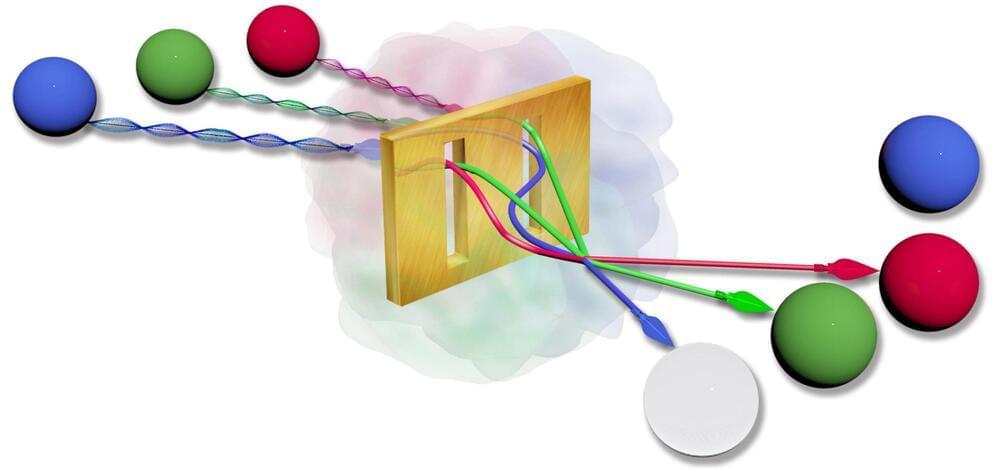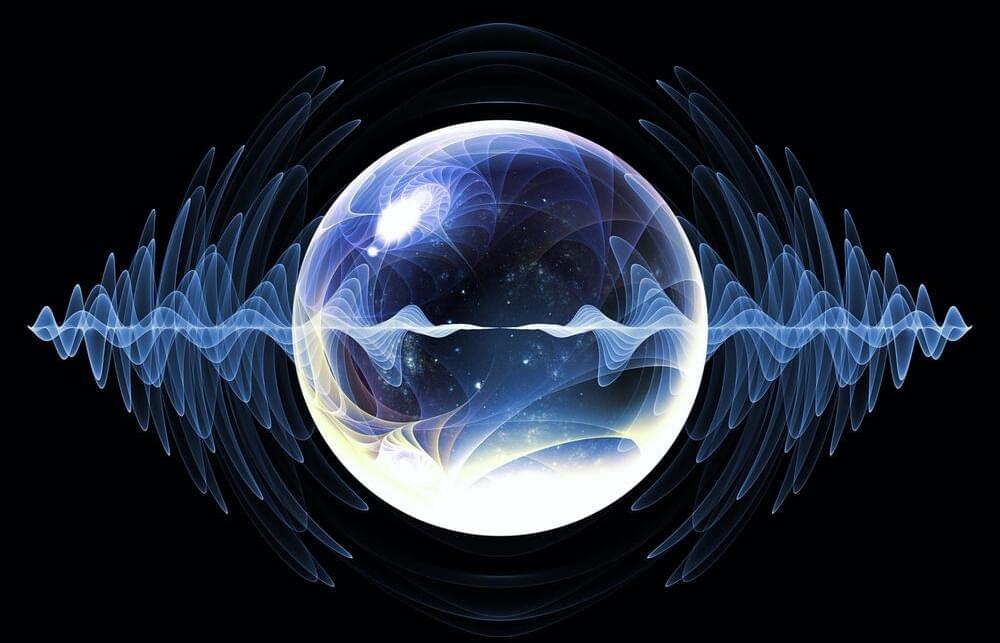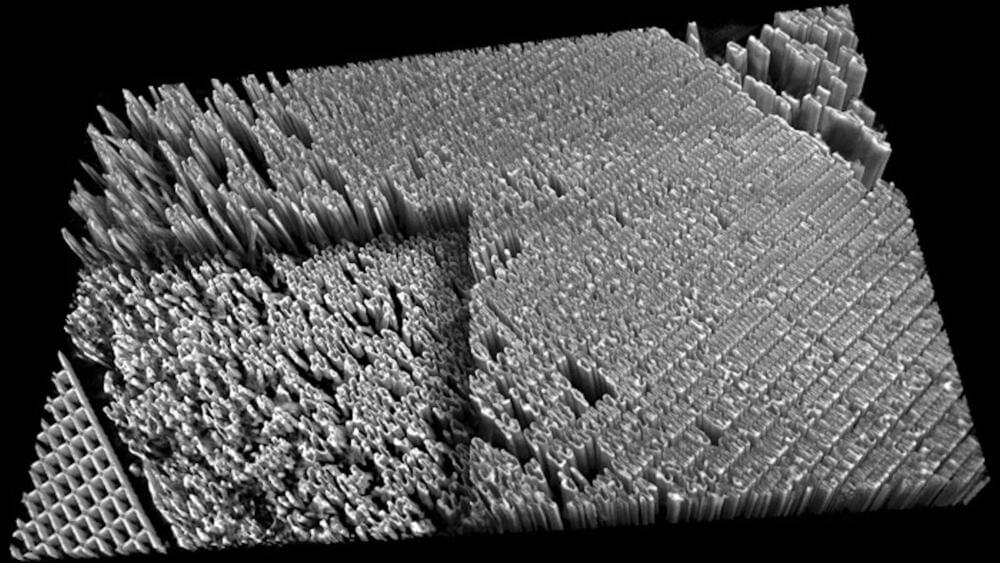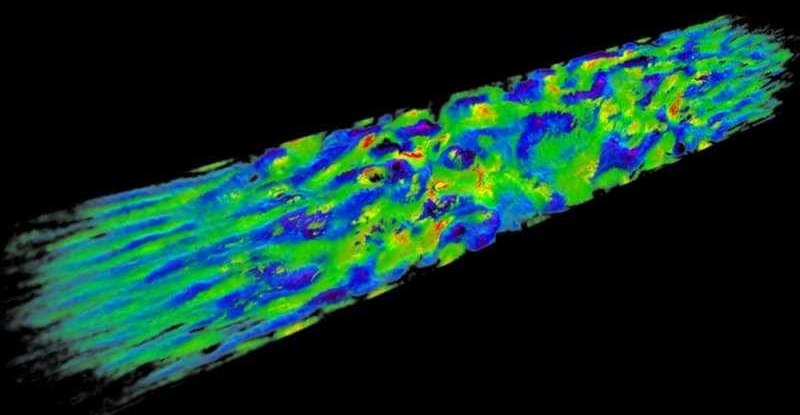LSU Quantum researchers rearrange photon distribution to create different light sources.
For decades, scholars have believed that the quantum statistical properties of bosons are preserved in plasmonic systems, and therefore will not create different form of light.
This rapidly growing field of research focuses on quantum properties of light and its interaction with matter at the nanoscale level. Stimulated by experimental work in the possibility of preserving nonclassical correlations in light-matter interactions mediated by scattering of photons and plasmons, it has been assumed that similar dynamics underlie the conservation of the quantum fluctuations that define the nature of light sources. The possibility of using nanoscale system to create exotic forms of light could pave the way for next-generation quantum devices. It could also constitute a novel platform for exploring novel quantum phenomena.








